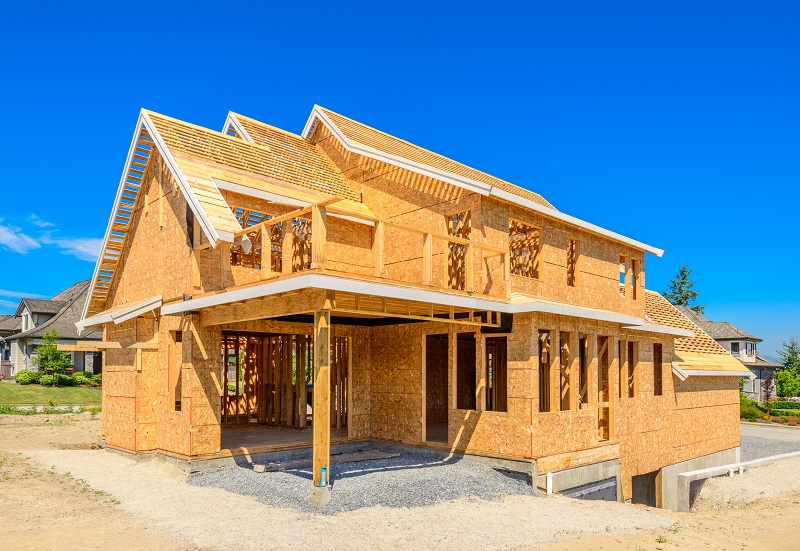Uncategorized
Rapid Reaction: November New Home Sales
2017 was OK for new home sales, but there’s no question it could have been a lot better and that more can and needs to be done by builders to address the ongoing inventory crunch the market has been enduring for the past several years.
- November new home sales surged, jumping 17.5 percent from October to 733,000 (SAAR), according to the U.S. Census Bureau. Sales of new homes were up 26.6 percent from a year ago and reached their highest level since July 2007.
- The inventory of new homes for sale was flat in November, at 283,000. Roughly 70 percent of the increase in sales over the month was driven by homes for which construction has not yet started.
- The median, non-seasonally adjusted price of homes for sale was also largely flat, falling a scant $900.
- The biggest jump in sales came in the $300,000-$399,000 price range, a relatively affordable sweet spot for many buyers and a sign builders are beginning to cater to lower ends of the market.
These are the exact kinds of new home sales numbers the market has been desperate for the past few years. New home sales data in general are pretty volatile — data from the previous three months were all revised downward from initial reports — but if the numbers hold in coming months and if builders can keep up this pace, it bodes very well for 2018. In general, 2017 was a decent year for home builders, especially given the difficulties they face finding desirable, affordable and ready-to-build lots; rising and unpredictable materials costs; and fierce competition for skilled workers. But while the year seems to be ending on a high note, there’s no question 2017 could have been a lot better and that more needs to be done by builders to address the ongoing inventory crunch the market has been enduring for the past several years. As we look ahead at 2018, it will be fascinating to see the extent to which tax reform – essentially a national exercise in reducing regulatory costs for C corporations, including many builders – impacts builder behavior. Whether they use their tax savings to expand production, build at lower price points and/or hire more workers will go a long way in determining how the housing market shakes out next year and beyond.
